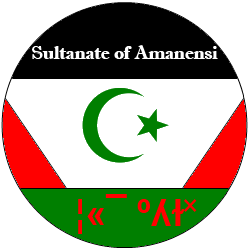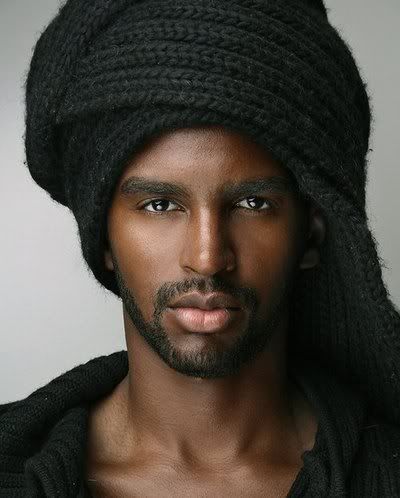Please note that Amanensi is roleplayed in Future Tech
Please note that this is a work in progress
Please note that this is a work in progress
Geography
Location
The Sultanate of Amanensi is located on the planet Amanensi and its two moons.
Geology and climate
The planet Amanensi has several landmasses separated by oceans. Equatorial land mostly consists of deserts filled with white sand, where temperatures can reach up to 50°C (122°F) during the day and sink to 10°C (50°F) during the night. The temperate climate zone is varied with plains, forests, mountains, lakes and rivers and has a climate that varies greatly with season. The subarctic and subantarctic zones are mountaineous and rich in ore, while arctic and antarctic landmasses are covered in ice and virtually uninhabited.
People
Physiology
The Amanensites of today are a hybrid species originally created by genetically modifying humans by adding genetic material from another sapient animal species, unique to Amanensi and now extinct. The most notable difference between contemporary Amanensites and humans is that Amanensites have both male and female sex organs. Any Amanensite can take either role in sexual reproduction. Both male and female sex hormones are produced and Amanensites go through menstrual cycles and other hormone changes similar to those of humans. Physical features are dominated by testosterone, meaning that Amanensites appear largely as males.
Other physiological differences between Amanensites and humans include a stronger immune system, higher metabolism and a larger, more flexible tongue with a stronger sense of taste.
Religion
The Amanensites follow the teachings of the Prophet, one of the Amanensites originally created by genetic manipulation. He became known as the Prophet after having a mirage in the desert in which he encountered a divine, transcendent being, who told him that his people had been chosen to survive an impending apocalypse, a plague that would come a thousand sunsets later and purge the planet. During and after a virus epidemic, which ultimately resulted in the extinction of the human population on Amanensi but did not have any effect on the genetically modified Amanensites, the Amanensites came to regard the Prophecy as having come true.
The Sultan, who traces his ancestry to the Prophet, is the highest living religious authority. Other than that, there is not much hierarchy in Amanensite religion.
There is no clergy in the Sultanate. A person educated in religion and who has taken an oath to uphold its values and be of support to the religious community is given the honorary title Imam. Imams give spiritual care and lead prayers. As the original mission towards the Amanensite population has been fulfilled, the Imams' continuation of the Prophet's mission has developed into a commitment to religious discussion and debate, often intertwined with spiritual care and prayers.
There are a handful of locations within the Sultanate that played an important part in the life and mission of the Prophet, the foremost among them today called the Prophet's Oasis, and these are regarded as sacred sites and often the targets of pilgrimages.
Language
The originally created Amanensites, while being raised in laboratories by humans, developed a secret language for communication with each other. Since the human population became extinct, this is the only language spoken natively on Amanensi, though some dialect, sociolect and other linguistic variation has emerged within the language. Due to the physiological difference between Amanensite and human tongues, pronunciation includes sounds that are difficult for humans to articulate. The Amanensite tongue also makes it hard for Amanensites to speak human languages without an alien accent.
At first, the Amanensites used a human alphabet, but Sultan Aman I asked for an independent writing system to be created and this system is today the only one in use. The system is syllabic, i.e. based on syllables.
¦«¯ °ʎɫ˟
"Sultanate of Amanensi" in Amanensite syllabic writing.
Transliterated into the Latin alphabet as "Uvigu Amanensi"
"Sultanate of Amanensi" in Amanensite syllabic writing.
Transliterated into the Latin alphabet as "Uvigu Amanensi"
Social and family structure
Amanensite society is divided into three classes or estates: royals, nobles and commoners.
The direct descendants of the Prophet make up the Sultan's Family, the Royal House.
Sultan Aman I created administrative subdivisions of the Sultanate and appointed men who had been of personal service to the Prophet as Satraps, governors, of these subdivisions. The Satrap position became hereditary by the same primogeniture code as for the Sultan and the direct descendants of the first Satraps today make up the nobility of the Sultanate. When new Satrapies have been created by the Sultan, the Sultan has appointed a junior heir of a Satrap to the position.
It is strong social norm to marry within one's own social class and though exceptions do occur, they are very rare. The common man typically has one husband, while it is custom for nobles and royals who hold court to take several husbands and also concubines. Concubines are people of relatively lower social class who enter into a marriage-like relationship with their master. Concubines in a royal court may be nobles and commoners, while concubines in a noble court can only be commoners. Concubines live together in palaces and are financially and socially cared for by their master and to be a concubine is seen as an attractive and respectful position in life. The number of husbands and concubines is not legally regulated, but the social norm is dependent on position, wealth and age.




